

Railway inspection can be time-consuming, costly, unreliable and cause disruption to the train schedule. That is why drones are quickly becoming the popular choice to carry out railway infrastructure inspection and surveys. Engineers with Drones can carry out fast and reliable inspections of railway stations and platforms, railway lines, bridges, and overhead power lines covering an extensive area. Without scaffolding or rope access, there are no disruptions to the train lines. Some more added benefits are the lower risk to human life, more cost-efficiency and greater speed.
As licensed engineers, we also provide the expertise, understanding, and knowledge necessary to carry out a thorough inspection, with deliverables to match. Our skilled engineers are at the ready.
The Irish Aviation Authority has awarded Engineers with Drones full approval in accordance with the most recent European-wide EASA regulations.
To ensure that you always get the best possible service and cutting-edge deliverables, we purchase the most up-to-date drone technology as soon as it's available.
The operation of Engineers With Drones is governed by a comprehensive HSSE system. Our guiding principles are to reduce risk through rigorous assessment, and to maintain a high level of staff education and training.
We have 6.5 million in public and product liability insurance, and 13 million in employers' liability insurance. Engineers with Drones are fully insured to fly wherever you need.
As we're situated in Ireland, we can respond to your needs quickly, with zero travel complications.
As seasoned engineers in the field, we are aware of the trouble that shoddy reports and deliverables can create. For this reason, we provide you with exactly what you require.
Thanks to our fast turnaround times, your entire project can be completed in a fraction of the time of traditional methods, without any compromise in the quality of your deliverables.
In addition to quadrupling the resolution of an HD camera, 4K also gives you quicker frame rates, incredible contrast variations, and expanded colours. VR video takes the level of immersion and clarity to the next level.
Downtime is expensive, unpopular and inconvenient. Using a drone, our engineers can conduct a thorough survey with little to no downtime.
Downtime is expensive and inconvenient. Using a drone, our engineers can conduct a thorough survey with little to no downtime.
Drones capture high-quality, impartial information that gives you an exact assessment of the status and needs of your asset.
The safety of your personnel and our own is paramount, and we place it at the forefront of our company culture. Ask us about our HSSE systems and practices.
We use cutting-edge technologies to detect problems that would otherwise be invisible. These include ultra-HD photography/video, LIDAR and thermal imaging.
Our equipment won't touch or even go close to your assets. Our high-resolution cameras use optical zoom to give extreme close-up views while staying a safe distance away.
We understand that you need answers fast. We can deliver a plain-English report with clear-cut conclusions in days. Then, you can take the steps you need to and get back to doing what you do best.
Thermal IR technology and ultra HD allow our engineers to get a view that is not available to the naked eye. From a safe distance, we can find defects and insights that are only visible with a drone.
Railway drone inspections are a game changer in the rail industry. Conventional inspections are limited to small areas at a time. Our drones can cover much larger sections across and access difficult locations which service vehicles can't reach. Engineers with drones can offer a faster turnaround time and more detailed survey reports than the traditional surveying methods. The high-resolution video, photography and thermal imaging provided by our drones will help you to highlight problematic areas. They will also offer you a different vantage point, impossible to recreate with traditional methods.

Reduce the costs and minimize the risk associated with the slower and less precise methods of conventional inspection. Railway drone inspection mitigates the need for employees to work at great height, in confined and dangerous areas. No need to hire specialist equipment, complex inspection access set up and specialised safety teams. Eliminating this time-consuming complex setup by using drones will save you time and money.
Minimise disturbances in train stations and on platforms during busy times. Inspections of stations and platforms are easily carried out with drones. That way issues get spotted early and repairs and maintenance can be scheduled in advance at times when platform usage is low. No need to disrupt daily operations. By sending drones first to assess damage and maintenance, technicians can bring the right tools for the repair job without unnecessary climbs.
We take emails, phone calls, messages, everything! If you are unsure of what's possible we are happy to advise, the most important thing is to get in touch. We'll be happy to answer any questions you may have.
With drones, it's best to begin where you want to end up. What sort of deliverable would you like when it's all finished? If you are not sure then we can advise. We can look at what you would like and work backwards from there.
Once we have agreed on what is to be done, the scope of work is set and a price is agreed upon. We feel it is vital that everyone knows what they are getting and what they are paying for it. There should be no confusion.
Once we have confirmation you are happy to proceed, we start the ball rolling. We organise things like RAMS, site permits, Air Traffic Control clearance and much more. Basically, we generate everything needed to turn up on-site with all our ducks in a row.
Next, we do the work on site. We have the gear, we have the know-how, so now it's time to get the job done. This can sometimes be affected by the weather, but for the most part, we get the job done on the date specified.
This is where we take what we generated in the field and turn it into a final deliverable for you. This can be anything from the raw data itself, to fully processed Orthophotos, condition reports, CAD line work or thermal imagery.
The final step is the handover of the deliverables. We tend to use a cloud-based service, so you can access your data anywhere. We can also tie into your existing systems if that is more convenient.
Our drones (and our people) can offer a lot more than just HD images. Our team all come from specialist engineering backgrounds, and they use all the very latest drone technologies and capabilities to deliver expert analysis on all types of commercial, civil and industrial assets. If you need an engineer's expertise, next-generation drone technology and industry-leading deliverables, then you've come to the right place.
Capture high-quality imagery of your assets from never before seen vantage points.
Find out moreDetect abnormalities within your assets that are otherwise invisible to the naked eye.
Find out moreRecord incredibly detailed elevation data to aid in ultra-precise measurements and calculations.
Find out moreWe purchase the latest drones as they come on the market to ensure you are getting the highest quality service from us at all times. Here is a quick look at what we would be most likely to use for a typical drone railway inspection.

The M300 RTK by DJI is the premier enterprise-level inspection drone on the market. With a flight time of up to 55 minutes, lots of built-in redundancy, and a host of payloads to choose from, this is our go-to UAV for inspection work. When coupled with the Zenmuse H20T camera, it is capable of safely inspecting high-value assets at a stand-off range.

The confined space master: The Stereo 2 by Multinnov is the cutting-edge in confined space and indoor inspection drone technology. Eliminating the need to send personnel into hazardous locations, the Multinnov Stereo 2 can be deployed at a fraction of the cost, and with zero downtime. This is a drone designed from the ground up to get into restrictive and hard-to-reach places.

Powerful yet attentive. The Mavic 3 Enterprise is the perfect discrete mapping and inspection drone. This is our go-to aircraft for missions where flying large drones would either be illegal or cause a disturbance. This powerful little drone gets the job done without showing off.

Small yet powerful. This tiny drone is our go-to drone for anything where we may be close to uninvolved people. The combination of its small size and powerful 48mp camera make it the ideal drone for urban and built-up areas where ground risk is a key consideration.

Our flagship drone: The M350 RTK by DJI is the premier enterprise-level inspection drone on the market, an update to our workhorse M300 RTK. With a flight time of up to 55 minutes, lots of built-in redundancy, and a host of payloads to choose from, this is our go-to UAV for inspection work.

With this high-end Class 0 light-weight drone, we're able to reliably shoot in almost any condition and location, utilising its smaller size and spot-on obstacle avoidance to gather deliverables from more densely populated areas in the safest way possible.
Read more...
Read more...
Read more...
Read more...
Read more...
Read more...
Read more...







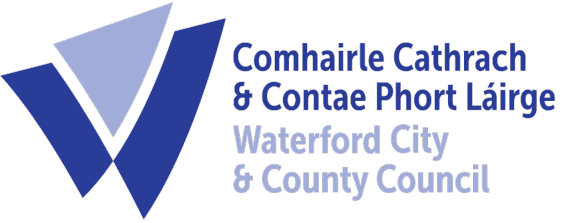

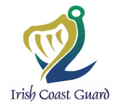
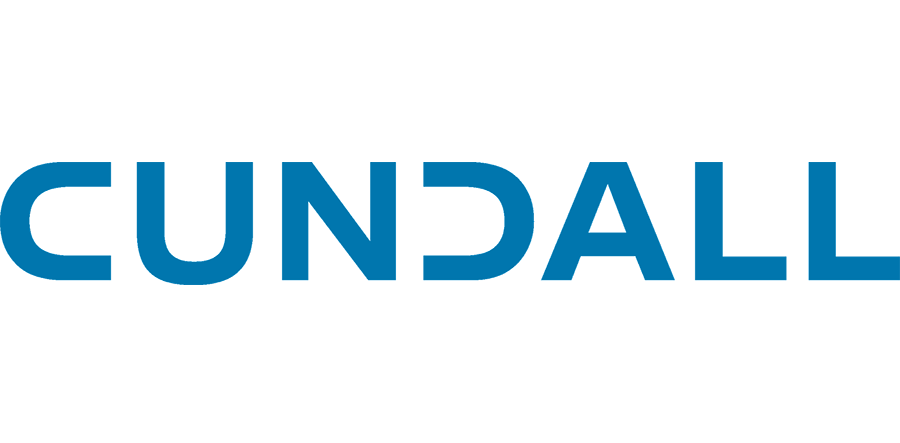










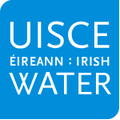

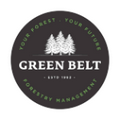





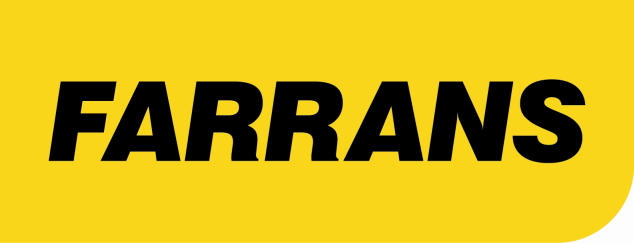
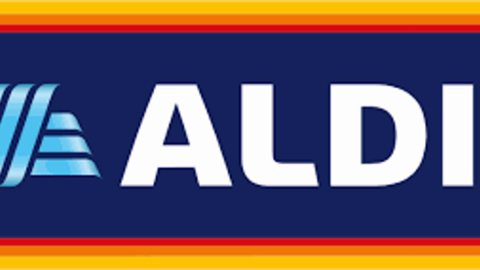






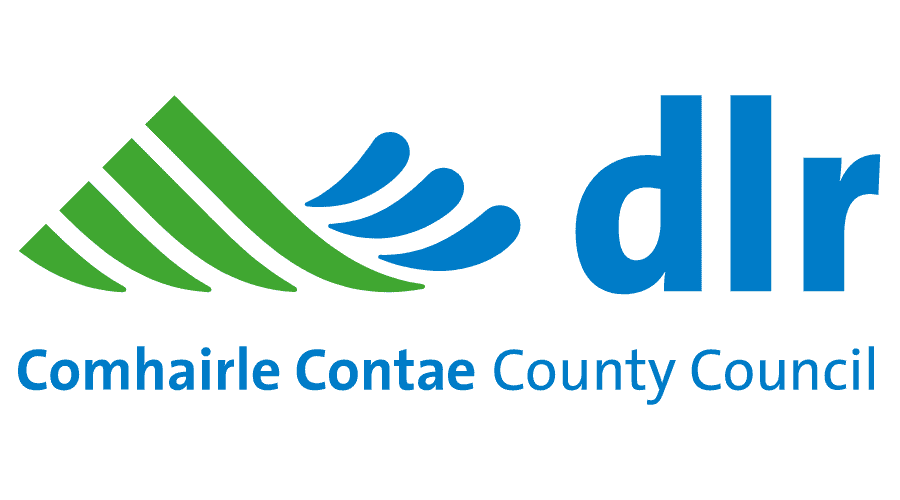
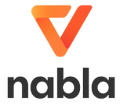


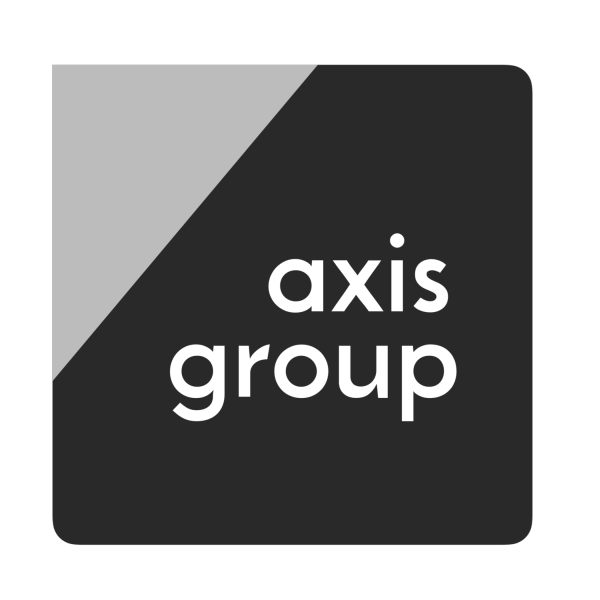







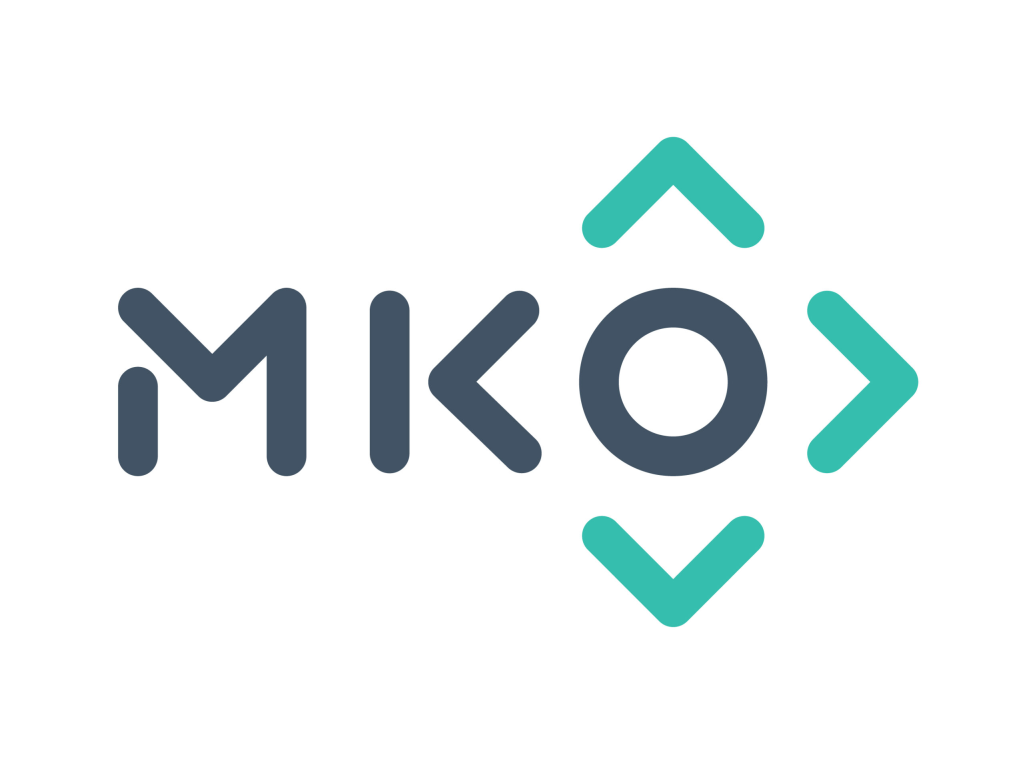
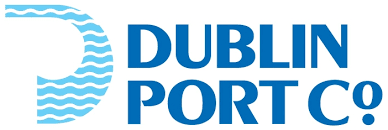

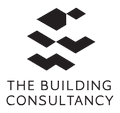







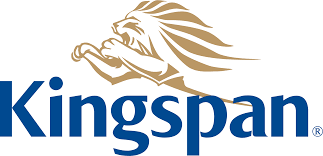












































































































































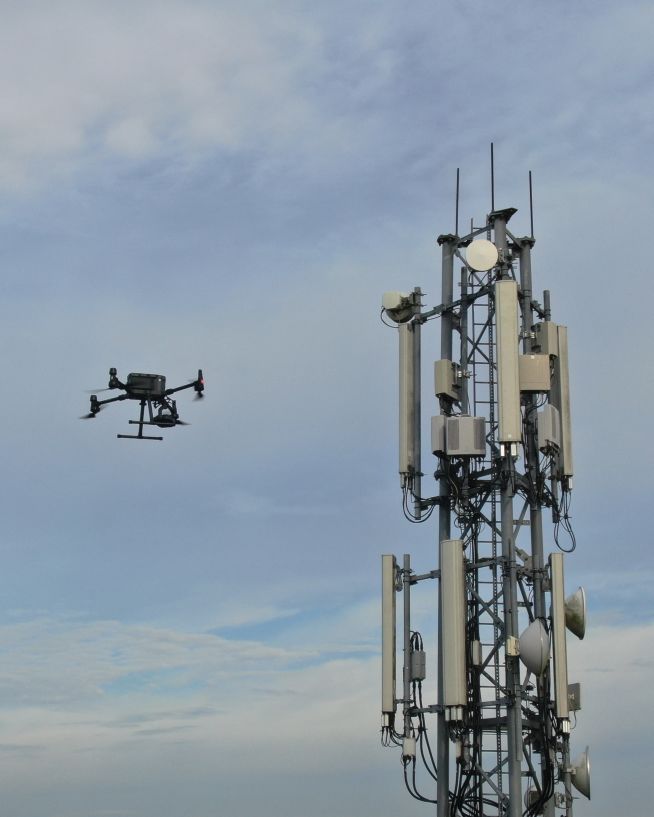
Reduced risk, damage to towers and delays
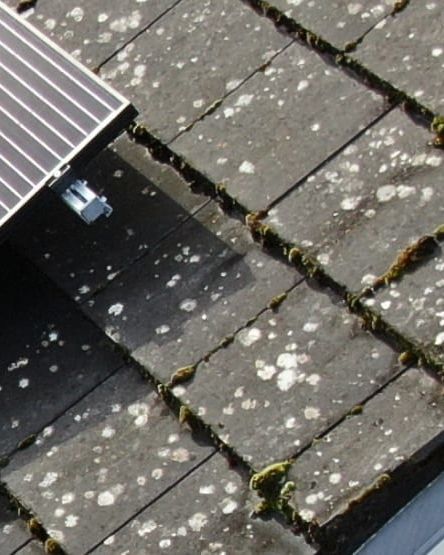
Ensure solar panel efficiency from precise data collection
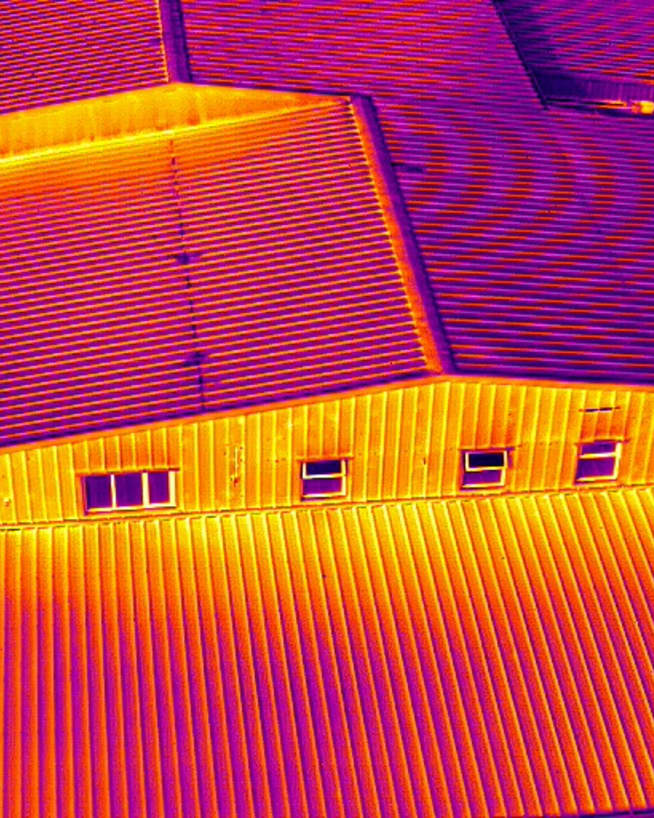
Record and document reliable visuals without safety concerns
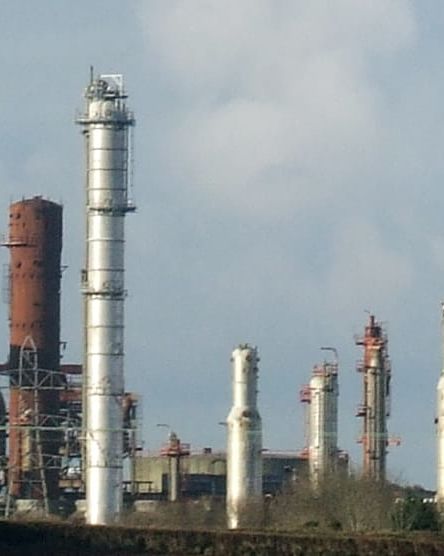
Actionable data from a safe distance, with less downtime
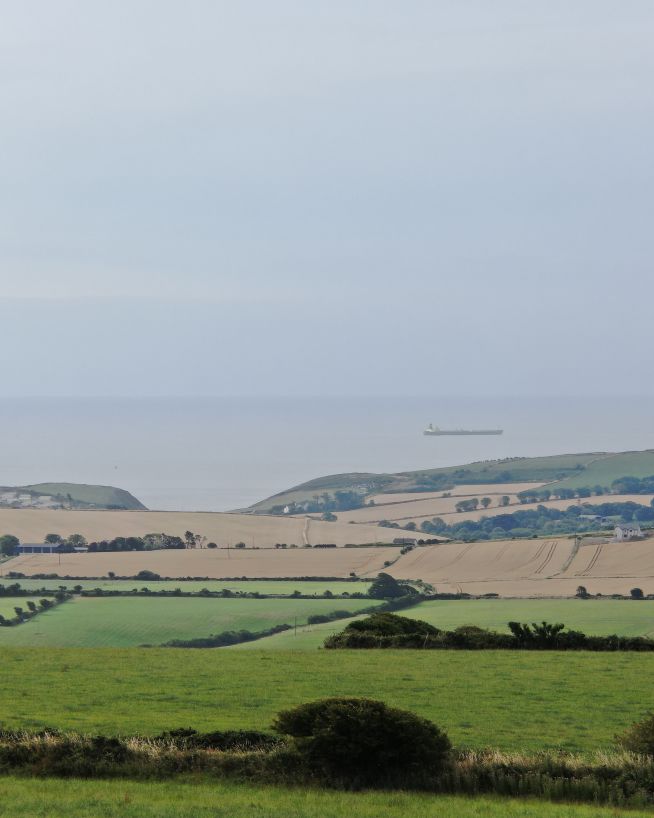
Endless perspectives, without manned aircrafts or structures

Safer, more precise data collection at a fraction of the cost
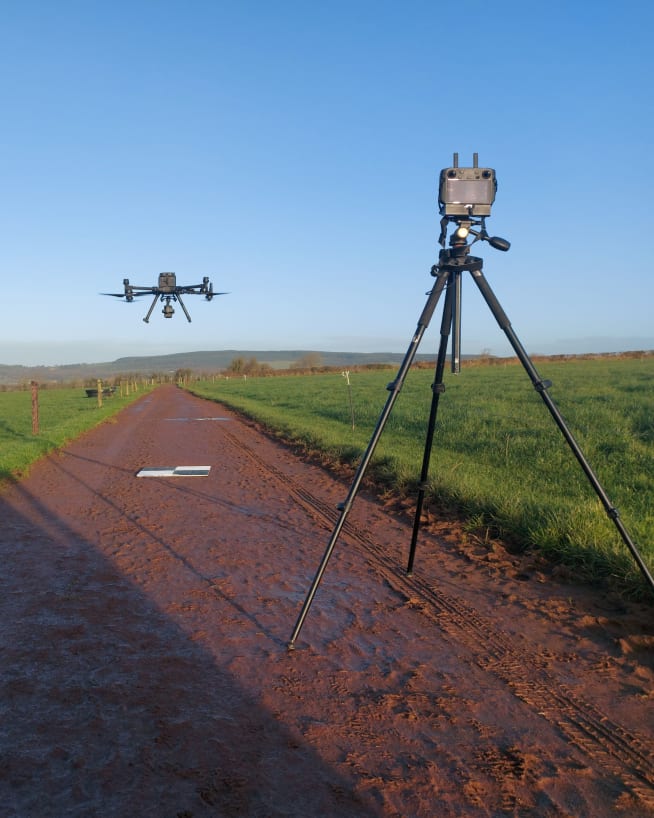
Accurate and efficient analysis of crops and land

Accurate, safe and instantly actionable data collection
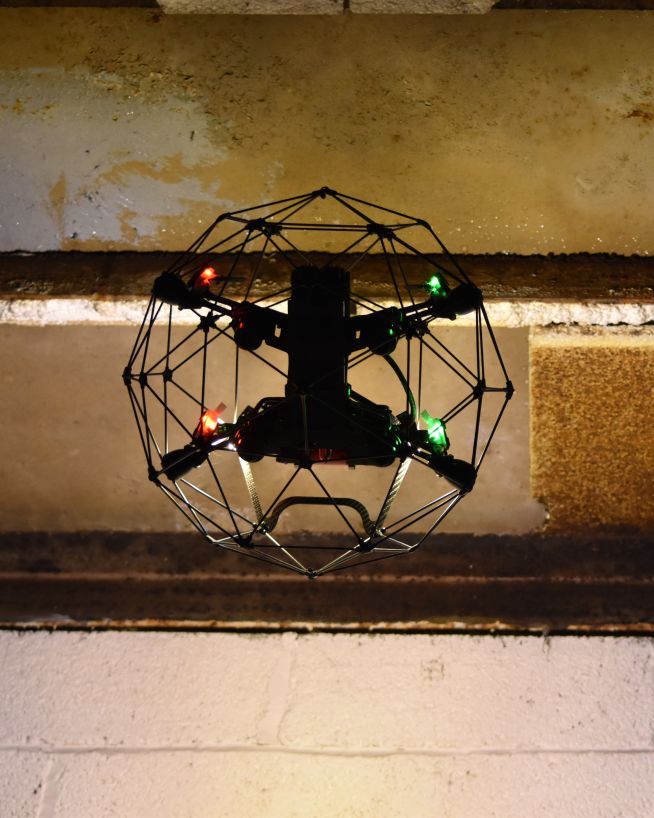
Eliminate safety concerns, save costs and reduce downtime
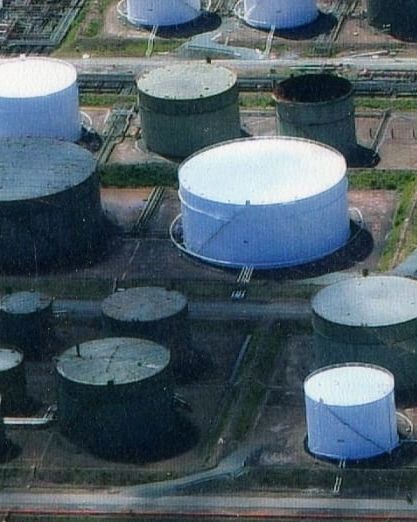
Safer and more cost-efficient flare (oil and gas) inspections
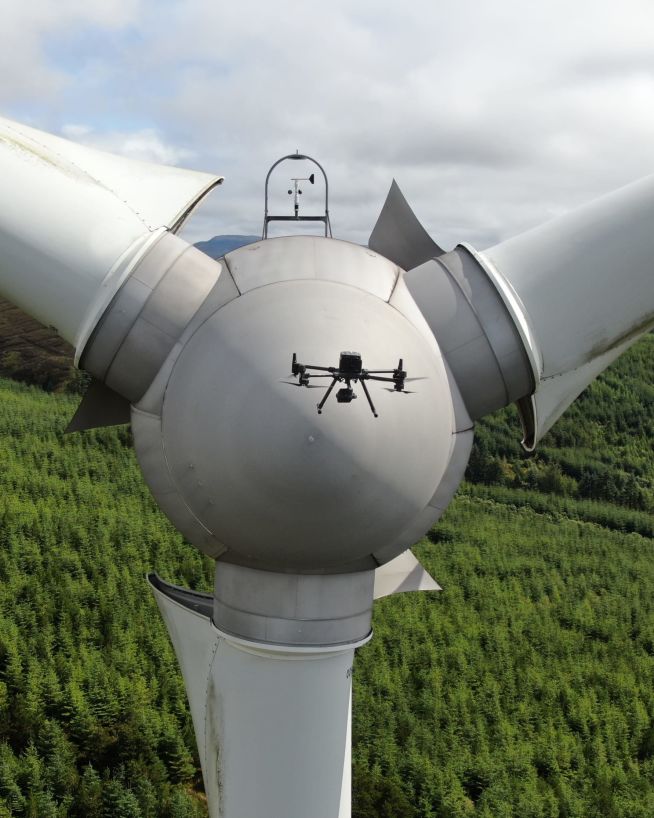
Inspect and maintain energy assets without risk or downtime
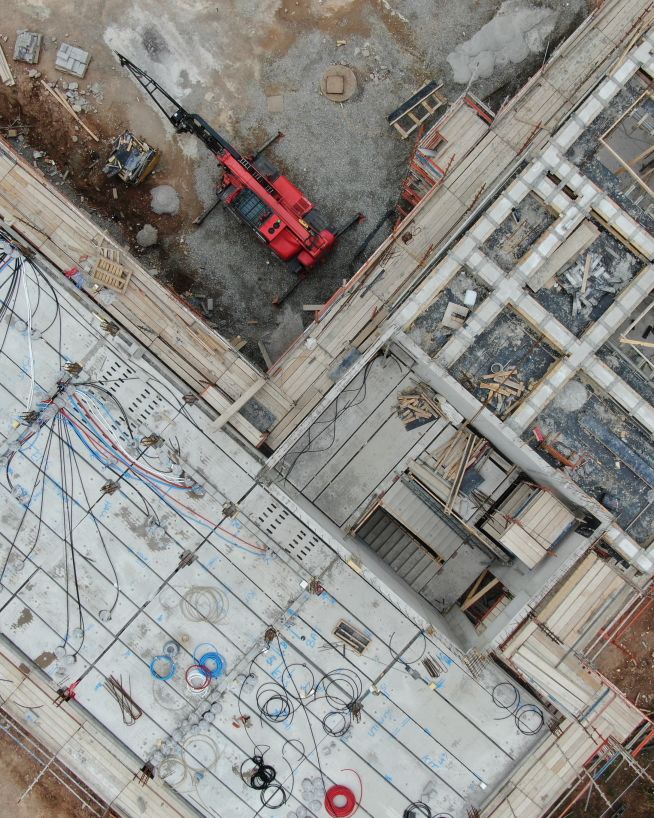
Instant, actionable data with no downtime
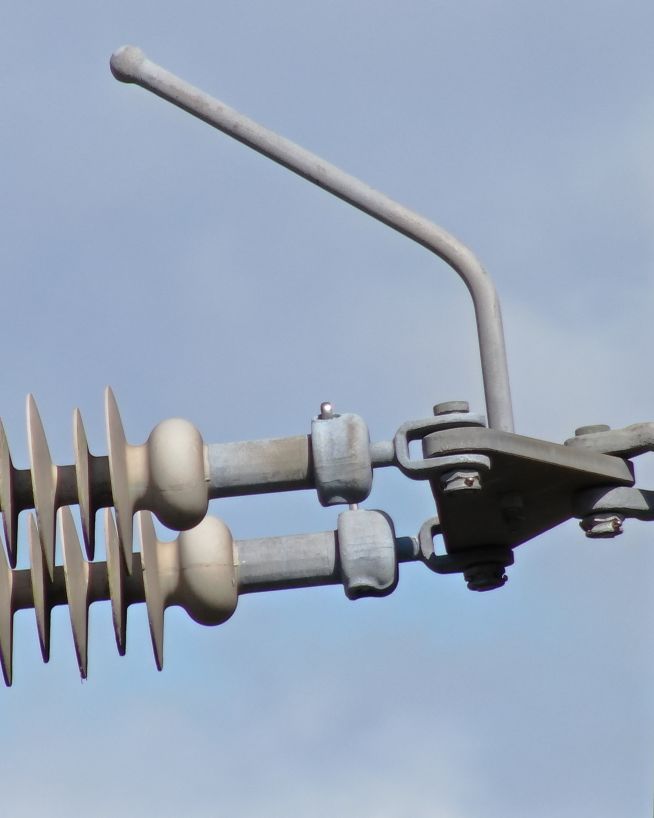
Instantly usable data via a safer and more cost-effective process
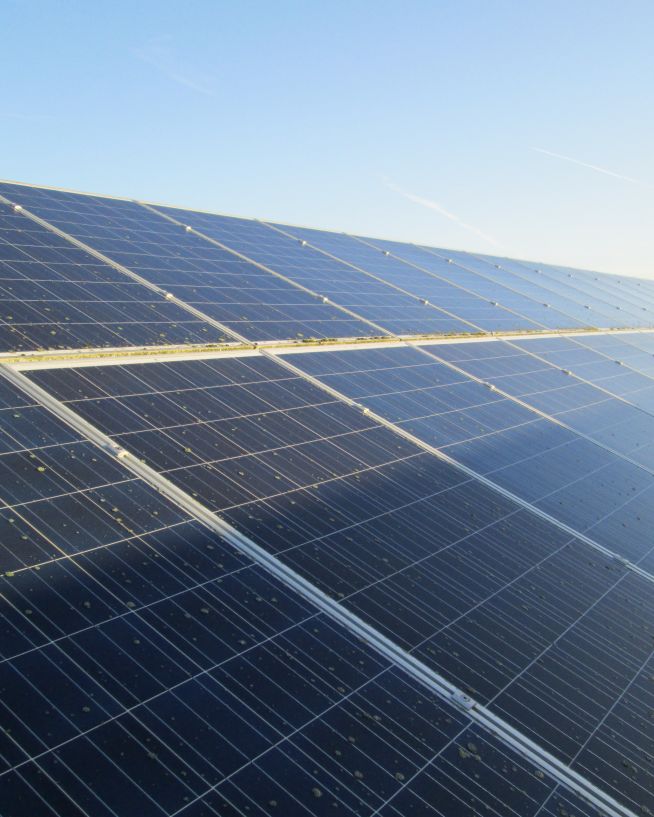
Get actionable data on quality and operational health
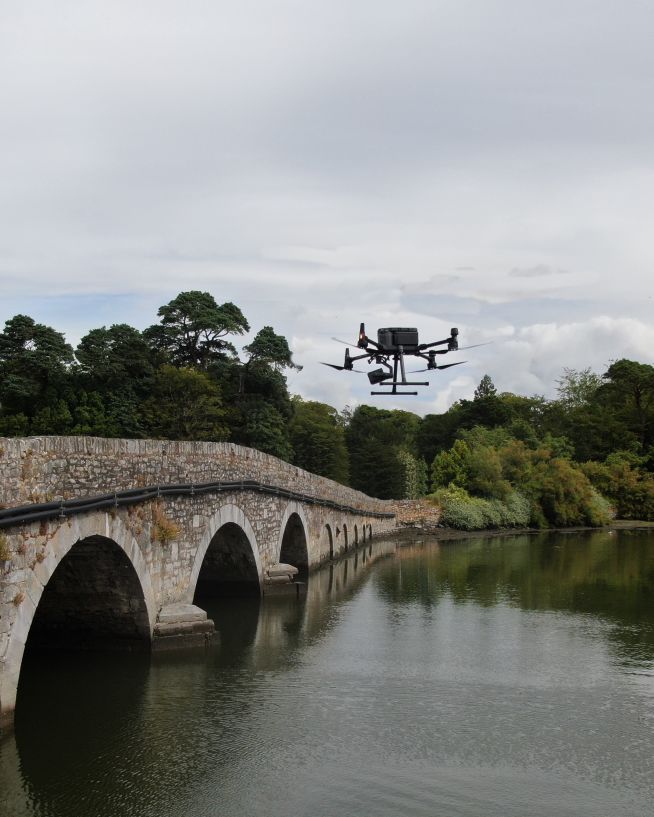
Safer, more cost-efficient, with less downtime
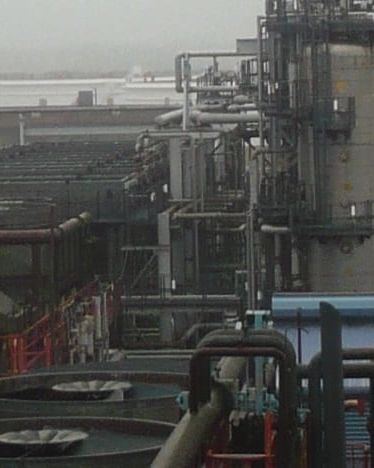
Keep production running while collecting instant critical data
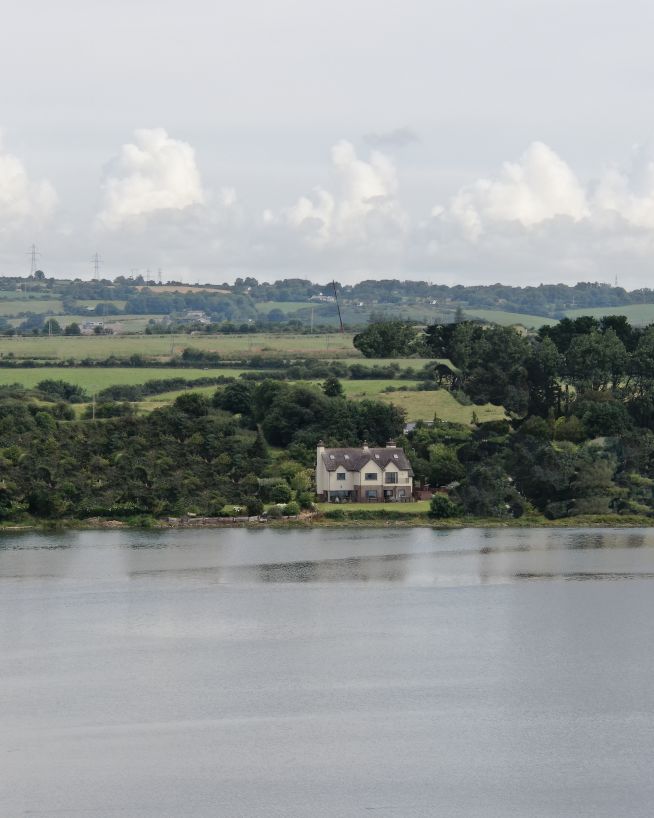
Add "Wow Factor" to residential and commercial property listings
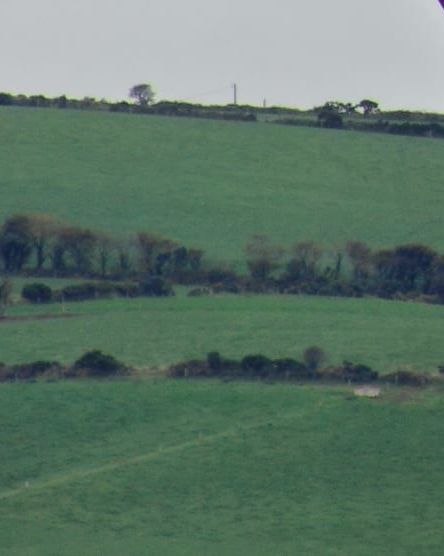
Critical, pinpoint details with none of the risk
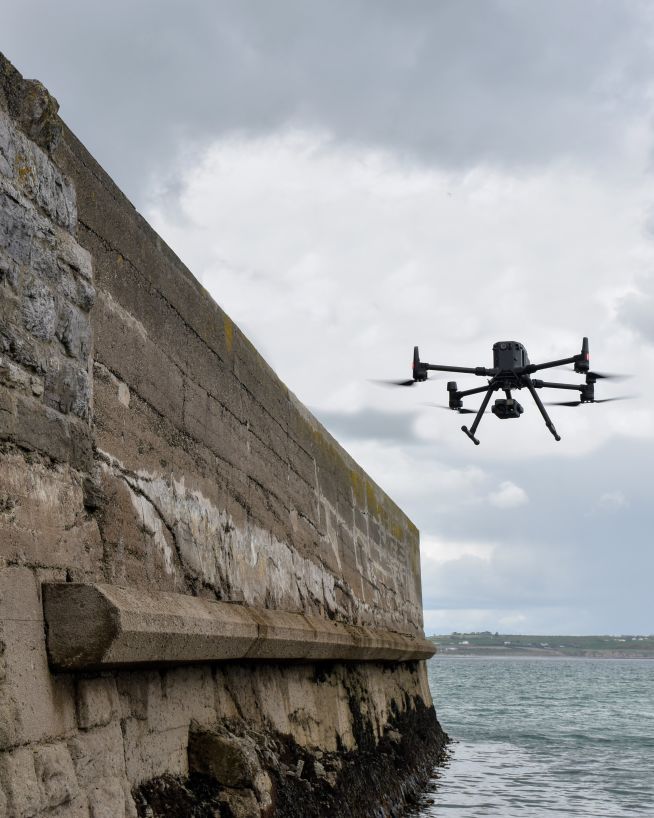
Monitor coastal assets safely and with more precision
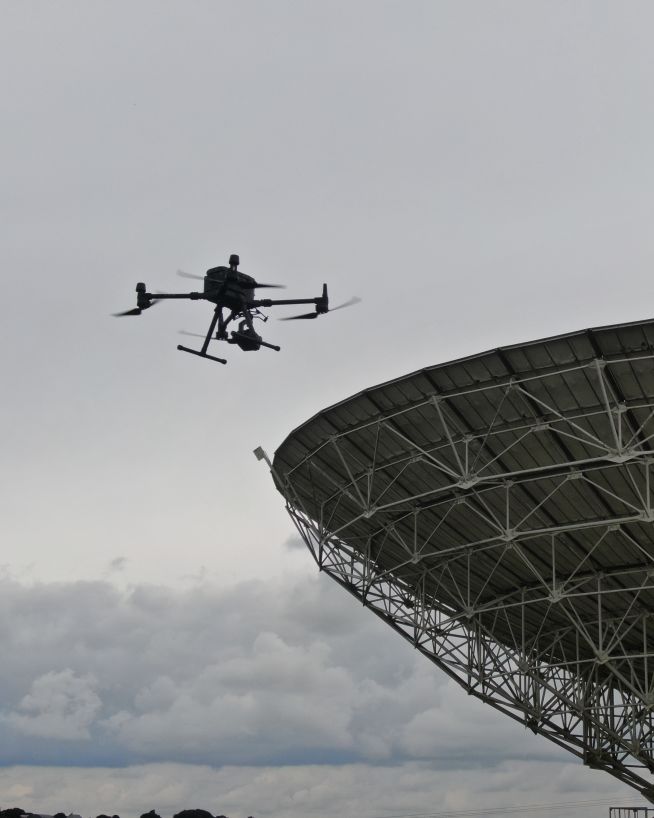
Get critical data on cell and telecommunication infrastructure
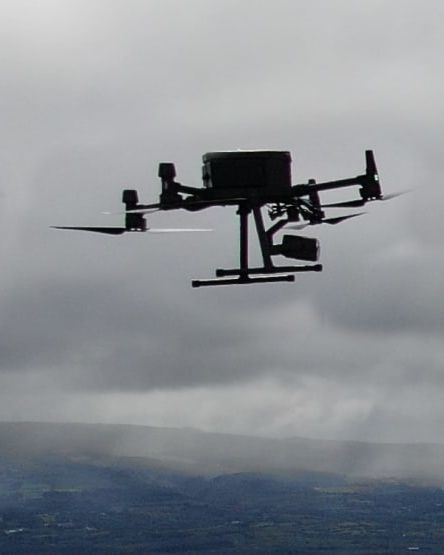
A more cost- and time-effective way to receive critical data
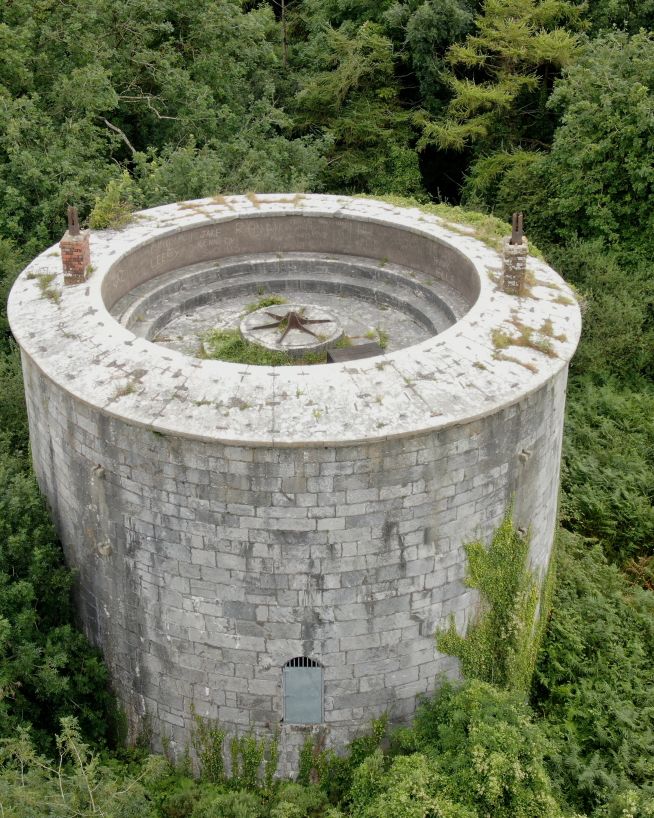
Analyse historical buildings without risk to people or property
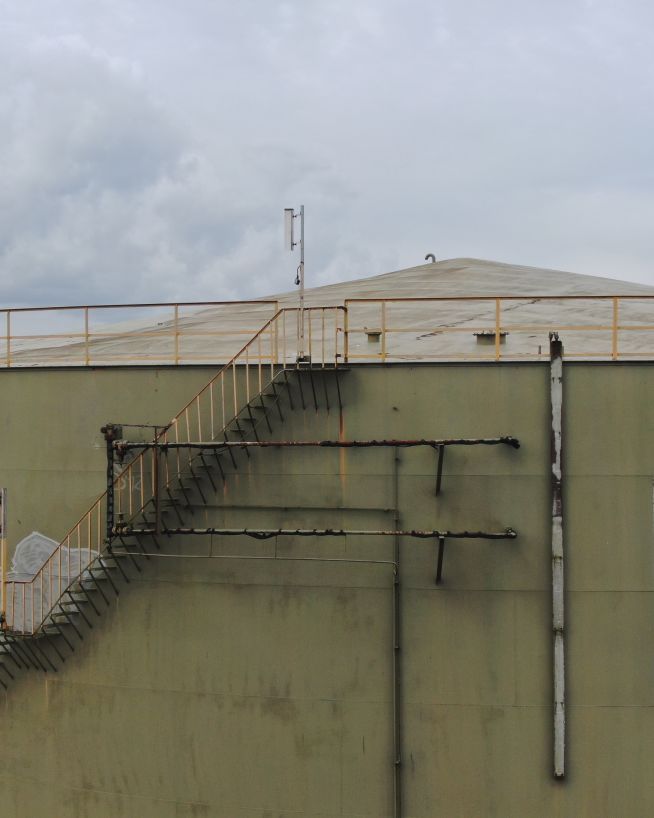
Get fast, usable data from a safe distance

Faster, cheaper and more accurate analysis of land
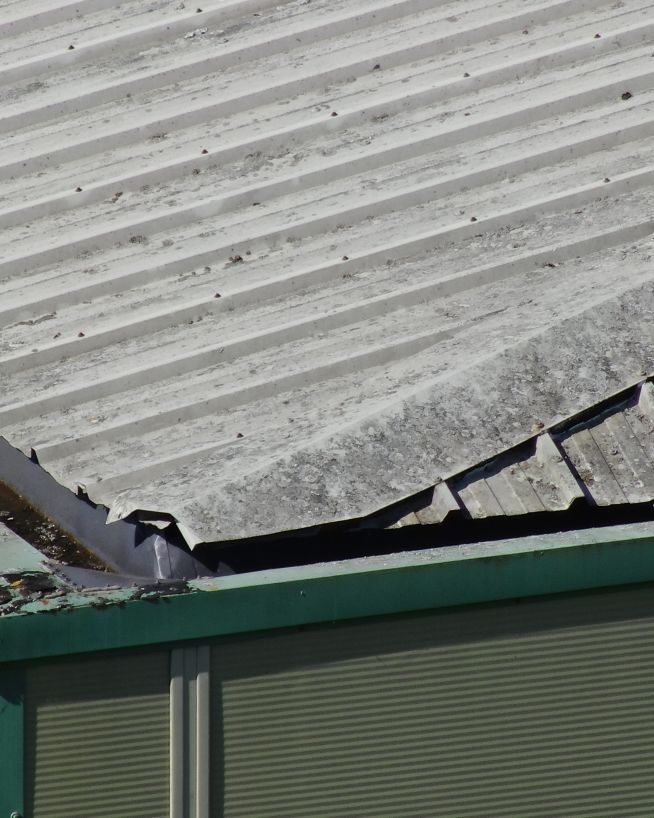
Clearer, faster results without the risks
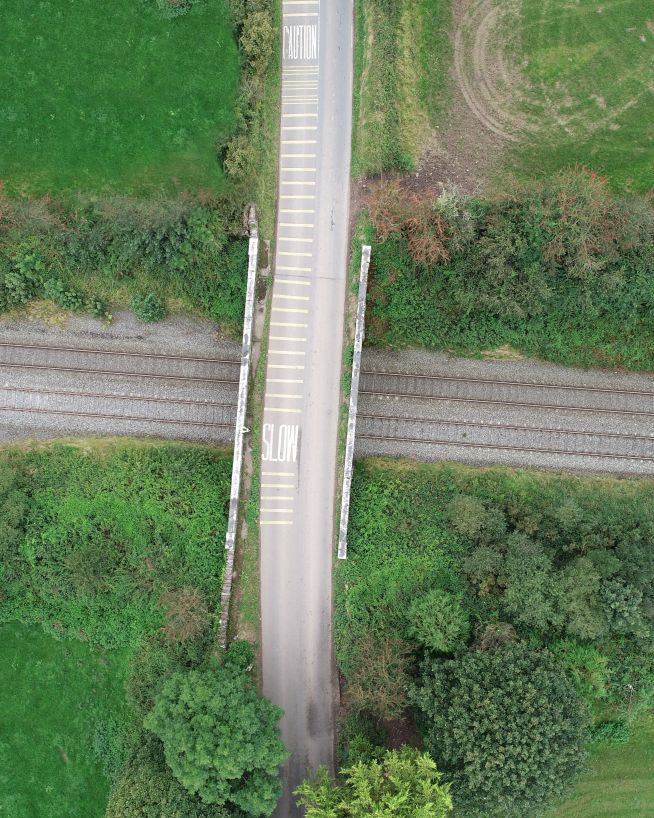
Eliminates downtime and safety concerns, at a fraction of the cost
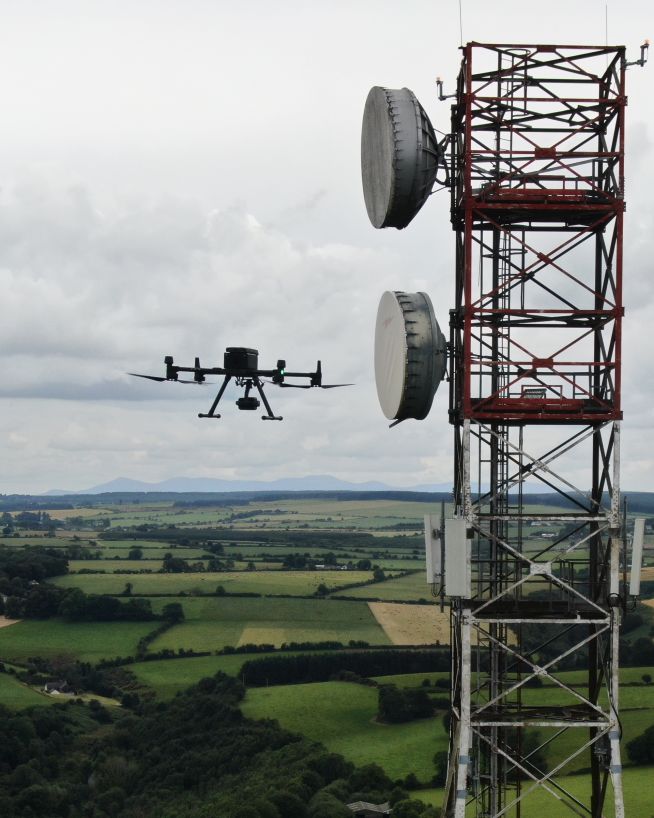
Instantly view complex structures, keeping risks to a minimum
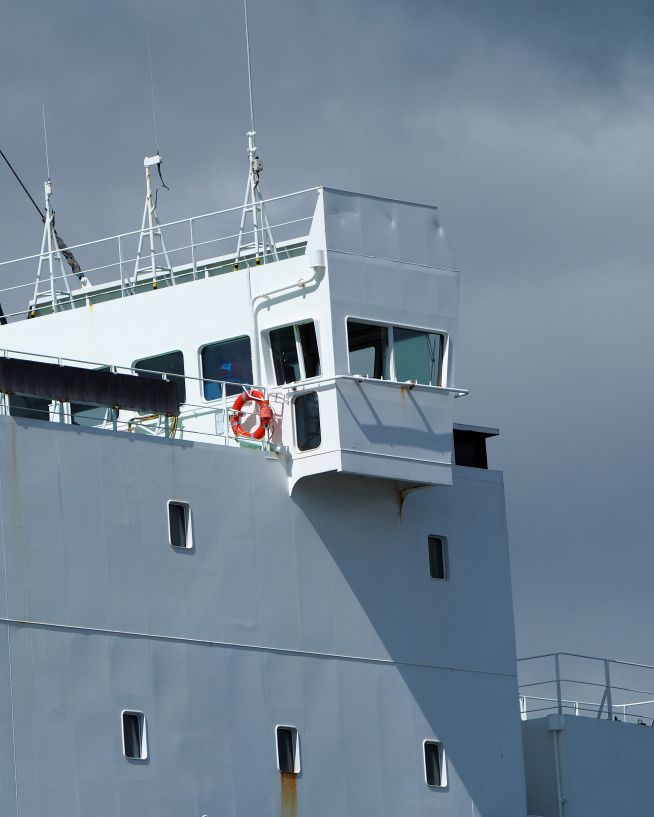
Safe, precise and instant reports on vessels and infrastructure
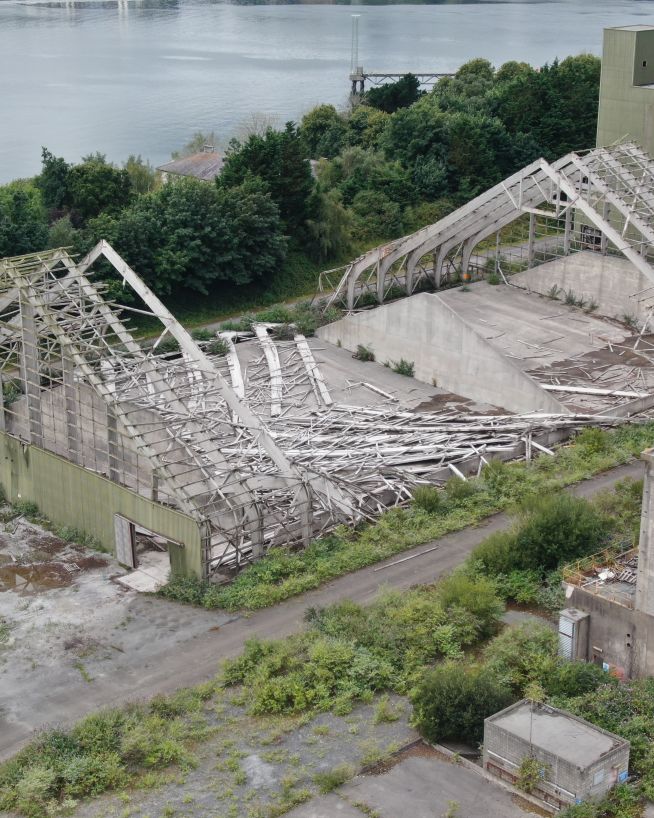
Assess damage quickly and with pinpoint accuracy
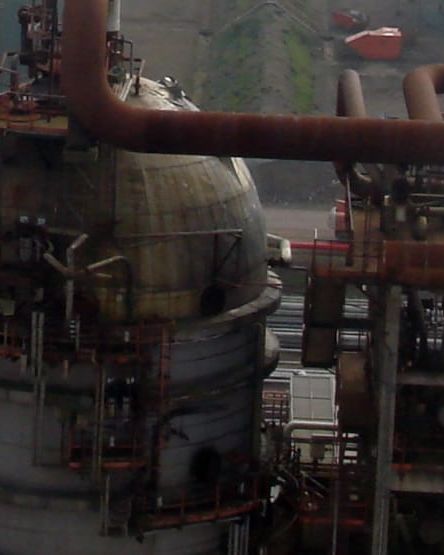
Fast, actionable data without the risks of traditional inspections
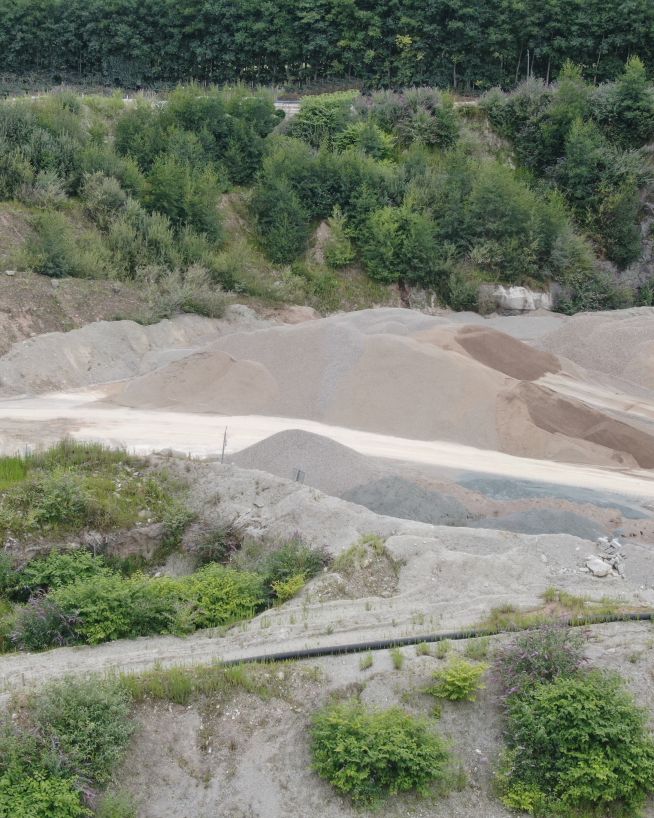
Monitor status and progress without downtime
Lidar drone mapping is the use of drones equipped with Light Detection and Ranging (Lidar) technology to create high-resolution 3D maps of terrain, buildings, and other objects. The drone emits laser beams that bounce off objects and return to the drone's sensors, creating a detailed point cloud of the object or terrain. The resulting data can be used in a variety of applications, including urban planning, construction, and environmental monitoring. Lidar drone mapping is faster and more accurate than traditional surveying methods and can cover a larger area with greater detail in less time, making it an increasingly popular tool for mapping and surveying professionals. More about LIDAR...
Optical zoom is a feature found in cameras that allows you to change the focal-length of the lens, which in turn magnifies the image. Unlike digital zoom, which simply enlarges the pixels of an image, optical zoom physically moves the lens elements to zoom in or out, resulting in a higher-quality, more detailed image.
Optical zoom is better than digital zoom for several reasons. Firstly, optical zoom maintains the image quality and sharpness because it captures more detail from the subject. In contrast, digital zoom often results in a pixelated, blurry image because it enlarges the existing pixels of an image, which degrades the quality.
Secondly, optical zoom allows you to get closer to your subject without physically moving closer, which can be useful in situations where you cannot or do not want to approach your subject closely. This can be especially helpful for wildlife photography or for taking photos of events from a distance.
Overall, optical zoom is a valuable feature that can help you capture high-quality, detailed images from a distance, making it a must-have for many photographers.

Drone-based thermal imaging is a technology that utilizes unmanned aerial vehicles (UAVs) equipped with thermal cameras to capture high-resolution thermal images of various objects or areas. This technology allows for the detection and measurement of temperature variations in a scene, enabling the identification of heat signatures of objects and their surroundings.
Drone-based thermal imaging can be used in a variety of applications, including search and rescue operations, inspection of power lines, pipelines, and other infrastructure, monitoring of wildlife, and identifying energy inefficiencies in buildings. The technology can detect temperature differences as small as 0.1°C, making it a valuable tool for detecting hotspots and identifying potential hazards.
In operation, the drone is flown over the area of interest, capturing thermal images of the scene. The images are then processed using specialized software that converts the temperature data into visible images that can be analyzed and interpreted. The resulting images can show temperature variations in a range of colors, with red and yellow indicating hot spots, and blue and green indicating cooler areas.
Overall, drone-based thermal imaging is a powerful technology that provides accurate, non-invasive, and efficient data for various applications. Its ability to provide high-resolution thermal imagery from a safe distance makes it a valuable tool for numerous industries and professionals. More about thermal imaging...
UHD or Ultra High Definition signifies that a camera's resolution is 3840x2160 pixels. This is exactly four time higher than high definition cameras (1920x1080 pixels), and so UHD is often also know as 4K. More about drone photography...